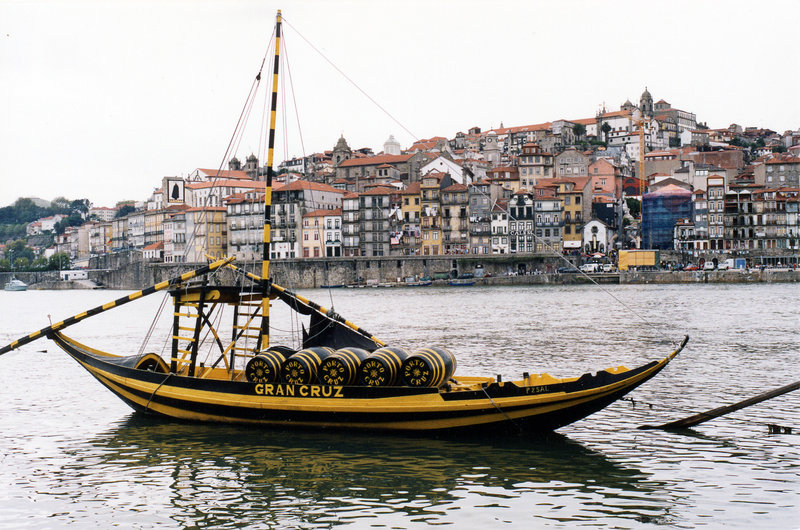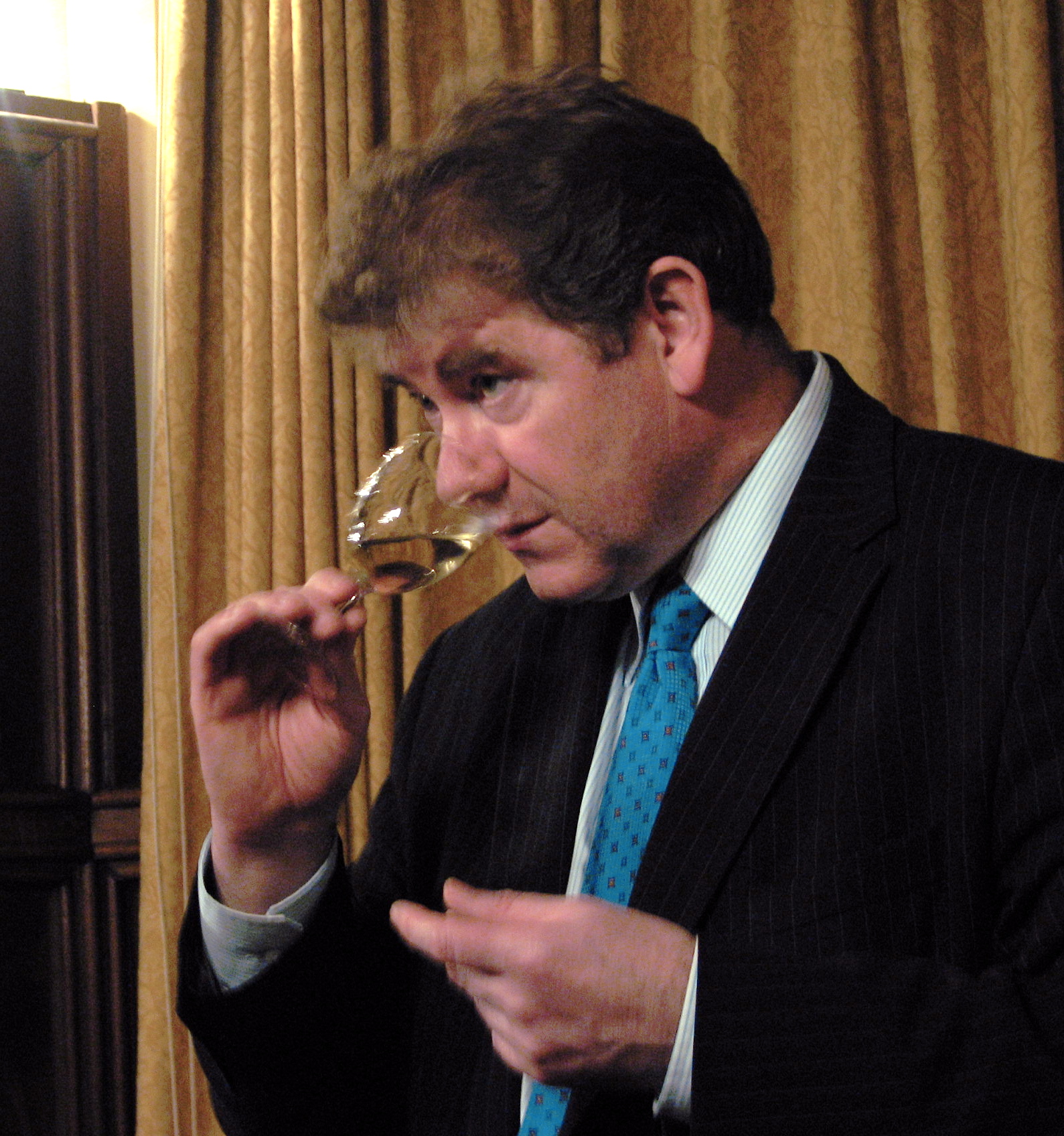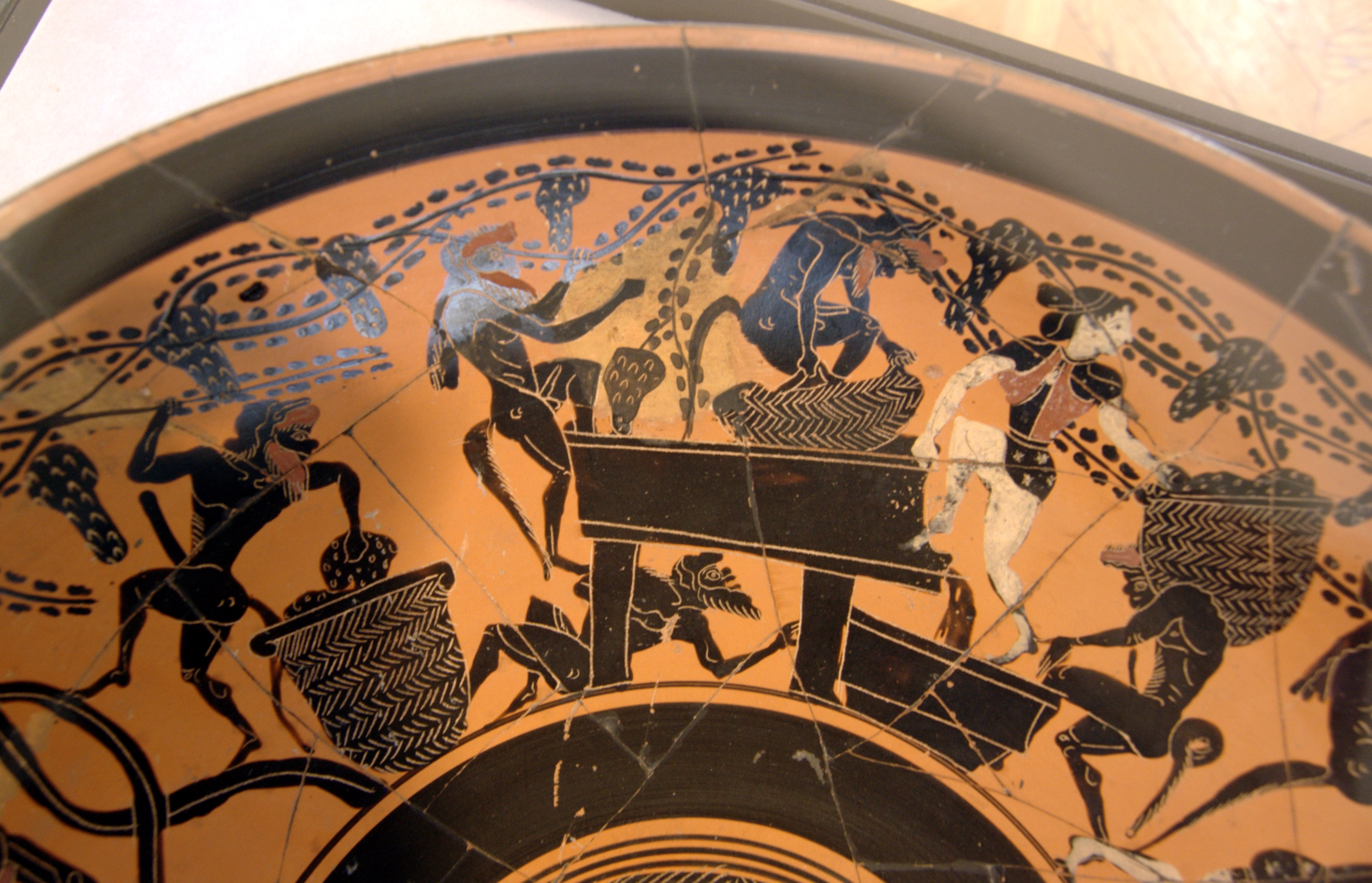|
Nuragus (grape)
Nuragus is a white Italian wine grape variety that is grown in Sardinia. It is the principle variety between the '' Denominazione di origine controllata'' wine ''Nuragus di Cagliari''. The grape has a long history on the island with ampelographers believing that the variety was likely introduced to the area by the Phoenicians.Oz Clarke ''Encyclopedia of Grapes'' pg 164 Harcourt Books 2001 While the grape is still widely planted in Sardinia its numbers began to dwindle in the late 20th century, falling by 50% during the 1980s alone to a total of 8,700 hectare (21,500 acres) in 1990.J. Robinson ''Jancis Robinson's Guide to Wine Grapes'' pg 129 Oxford University Press 1996 Today it is mostly found in the southern part of the island between Cagliari and Oristano on the hot Campidano plain.Joseph Batianich & David Lynch Vino Italiano: The Regional Wines of Italy" pg 375-379 Clarkson Potter Publishers DOC wines Under Italian wine laws Nuragus grown in southern Sardinia are ... [...More Info...] [...Related Items...] OR: [Wikipedia] [Google] [Baidu] |
Nuragus Sardegna
Nuragus (Latin: Valentia) is a small town, in administrative terms a ''comune'' (municipality), in the Province of South Sardinia in the Italian autonomous region of Sardinia, located about north of the local capital Cagliari. Nuragus borders the following municipalities: Genoni, Gesturi, Isili, Laconi, Nurallao. Archaeology Copper trade originating in the eastern Mediterranean in the Bronze Age kingdom of Alashiya (probably Cyprus) reached as far west as Sardinia, where five typical oxhide ingots were first turned up by a plough in 1857, at the foot of a demolished ''nuraghe'' called Serra Ilixi by locals. The find was published by Luigi Pigorini in 1904. Ingots from Serra Ilixi are on display at the National Archaeological Museum in Cagliari.Official tourism website of Sardinia Town Nuragus (c) Regione Autonoma della Sardegna, Assessorato del Turismo, Artigianato e Commercio. Accessed July 2018. Between Nuragus and Nurallao there is the Giants' tomb Giants' tomb (Italian: ... [...More Info...] [...Related Items...] OR: [Wikipedia] [Google] [Baidu] |
Sparkling (wine)
Sparkling wine is a wine with significant levels of carbon dioxide in it, making it fizzy. While the phrase commonly refers to champagne, European Union countries legally reserve that term for products exclusively produced in the Champagne region of France. Sparkling wine is usually either white or rosé, but there are examples of red sparkling wines such as the Italian Brachetto, Bonarda and Lambrusco, and the Australian wine, Australian sparkling Shiraz grape, Shiraz. The Sweetness of wine, sweetness of sparkling wine can range from very dry ''brut'' styles to sweeter ''doux'' varieties (French for 'hard' and 'soft', respectively).J. Robinson (ed) ''"The Oxford Companion to Wine"'' Third Edition pp 656–660, Oxford University Press 2006 . The sparkling quality of these wines comes from its carbon dioxide content and may be the result of natural Fermentation in winemaking, fermentation, either in a bottle, as with the Champagne Method, traditional method, in a large tank desi ... [...More Info...] [...Related Items...] OR: [Wikipedia] [Google] [Baidu] |
Spanish (wine)
Spanish wine () includes red, white, and sparkling wines produced throughout the country. Located on the Iberian Peninsula, Spain has over 1.2 million hectares (2.9 million acres) planted in wine grapes, making it the most widely planted wine-producing nation,K. MacNeil ''The Wine Bible'' pg 410-422 Workman Publishing 2001 but the second largest producer of wine in the world, behind Italy and ahead of France and the United States. This is due, in part, to the very low yields and wide spacing of the old vines planted on the dry soils found in some of the Spanish wine regions. The country is ninth in worldwide consumption with Spaniards drinking, on average, 21.6 litres (5.7 US gal) per person a year. The country has an abundance of native grape varieties, with over 400 varieties planted throughout Spain, though 88 percent of the country's wine production is from only 20 grapes — including the reds Tempranillo, Bobal, Garnacha, and Monastrell; the whites Alba ... [...More Info...] [...Related Items...] OR: [Wikipedia] [Google] [Baidu] |
Vinho Verde
Vinho Verde () (literally 'green wine') refers to Portuguese wine that originated in the historic Minho province in the far north of the country. The modern-day 'Vinho Verde' region, originally designated in 1908, includes the old Minho province plus adjacent areas to the south. In 1976, the old province was dissolved. Vinho Verde is not a grape variety, it is a DOC for the production of wine. The name means "green wine," but translates as "young wine", with wine being released three to six months after the grapes are harvested. They may be red, white, or rosé, and they are usually consumed soon after bottling. A Vinho Verde can also be a sparkling, a Late Harvest or even Brandy. In its early years of production, the slight effervesce of the wine came from malolactic fermentation taking place in the bottle. In winemaking this is usually considered a wine fault but Vinho Verde producers found that consumers liked the slightly fizzy nature. However, the wines had to be ... [...More Info...] [...Related Items...] OR: [Wikipedia] [Google] [Baidu] |
Portugal (wine)
Portuguese wine was mostly introduced by the Romans and other ancient Mediterranean peoples who traded with local coastal populations, mainly in the South. In pre-Roman Gallaecia-Lusitania times, the native peoples only drank beer and were unfamiliar with wine production. Portugal started to export its wines to Rome during the Roman Empire. Modern exports developed with trade to England after the Methuen Treaty in 1703. From this commerce a wide variety of wines started to be grown in Portugal. And, in 1758, one of the first wine-producing regions of the world, the '' Região Demarcada do Douro'' was created under the orientation of Marquis of Pombal, in the Douro Valley. Portugal has two wine-producing regions protected by UNESCO as World Heritage: the Douro Valley Wine Region (''Douro Vinhateiro'') and Pico Island Wine Region (''Ilha do Pico Vinhateira''). Portugal has a big variety of local kinds, producing a very wide variety of different wines with distinctive personality. Hi ... [...More Info...] [...Related Items...] OR: [Wikipedia] [Google] [Baidu] |
Mediterranean Climate
A Mediterranean climate (also called a dry summer temperate climate ''Cs'') is a temperate climate sub-type, generally characterized by warm, dry summers and mild, fairly wet winters; these weather conditions are typically experienced in the majority of Mediterranean-climate regions and countries, but remain highly dependent on proximity to the ocean, altitude and geographical location. This climate type's name is in reference to the coastal regions of the Mediterranean Sea within the Mediterranean Basin, where this climate type is most prevalent. The "original" Mediterranean zone is a massive area, its western region beginning with the Iberian Peninsula in southwestern Europe and coastal regions of northern Morocco, extending eastwards across southern Europe, the Balkans, and coastal Northern Africa, before reaching a dead-end at the Levant region's coastline. Mediterranean climate zones are typically located along the western coasts of landmasses, between roughly 30 and ... [...More Info...] [...Related Items...] OR: [Wikipedia] [Google] [Baidu] |
Vermentino
Vermentino is a light-skinned wine grape variety, primarily found in Italian wine. It is widely planted in both Sardinia and Liguria, to some extent in Corsica, in Piedmont under the name Favorita, and in increasing amounts in Languedoc-Roussillon. The leaves are dark green and pentagonal. The grapes are amber-yellow and hang in pyramidal bunches. The vines are often grown on slopes facing the sea where they can benefit from the additional reflected light. The Vitis International Variety Catalogue now gives Italy as its origin. The most famous wine made from Vermentino is probably the DOCG Vermentino di Gallura (and Vermentino di Gallura Superiore) which is produced in the province of Olbia-Tempio, in the north of Sardinia. The grape is said to have been cultivated in this part of Gallura, often under the name ''Arratelau'', since the fourteenth century. [...More Info...] [...Related Items...] OR: [Wikipedia] [Google] [Baidu] |
Aromas (wine)
The aromas of wine are more diverse than its flavours. The human tongue is limited to the primary tastes perceived by taste receptors on the tongue – sourness, Taste#Bitterness, bitterness, saltiness, sweetness and Umami, savouriness. The wide array of fruit, earthy, leathery, floral, herbal, mineral, and woodsy flavour present in wine are derived from aroma notes sensed by the olfactory bulb.J. Robinson (ed) ''"The Oxford Companion to Wine"'' Third Edition p. 683 Oxford University Press 2006 In wine tasting, wine is sometimes smelled before taking a sip in order to identify some components of the wine that may be present. Different wine terms, terms are used to describe what is being smelled. The most basic term is aroma which generally refers to a "pleasant" smell as opposed to odour which refers to an unpleasant smell or possible wine fault. The term aroma may be further distinguished from bouquet which generally refers to the smells that arise from the chemical reaction ... [...More Info...] [...Related Items...] OR: [Wikipedia] [Google] [Baidu] |
Vintage
Vintage, in winemaking, is the process of picking grapes and creating the finished product—wine (see Harvest (wine)). A vintage wine is one made from grapes that were all, or primarily, grown and harvested in a single specified year. In certain wines, it can denote quality, as in Port wine, where Port houses make and declare vintage Port in their best years. From this tradition, a common, though not strictly correct, usage applies the term to any wine that is perceived to be particularly old or of a particularly high quality. Most countries allow a vintage wine to include a portion of wine that is not from the year denoted on the label. In Chile and South Africa, the requirement is 75% same-year content for vintage-dated wine. In Australia, New Zealand, and the member states of the European Union, the requirement is 85%. In the United States, the requirement is 85%, unless the wine is designated with an AVA, (e.g., Napa Valley), in which case it is 95%. Technically, the 85% ... [...More Info...] [...Related Items...] OR: [Wikipedia] [Google] [Baidu] |
David Lynch (wine)
David Lynch is an American writer and wine expert. Lynch was raised in Connecticut and graduated from Boston College. He worked as a senior editor for ''Wine & Spirits'' magazine and has authored wine-related articles for numerous periodicals and websites. He received a James Beard Journalism Award for his writing in 2001. In 2000, Lynch, along with Joseph Bastianich (an associate of Mario Batali), spent time in Italy researching and writing ''Vino Italiano: The Regional Wines of Italy'', a book published in 2002. Beginning in 2000, Lynch has worked at Babbo, an acclaimed New York City New York, often called New York City or NYC, is the most populous city in the United States. With a 2020 population of 8,804,190 distributed over , New York City is also the most densely populated major city in the U ... restaurant owned by Bastianich and Batali, first as wine director and later as general manager. David later became Wine Director at Quince rest ... [...More Info...] [...Related Items...] OR: [Wikipedia] [Google] [Baidu] |
Joe Bastianich
Joseph Bastianich (born September 17, 1968) is an American restaurateur, winemaker, author, television personality, and musician. He, along with his mother and business partner Lidia Bastianich, co-owns thirty restaurants in four countries, including Osteria Mozza in Los Angeles, which the owners expanded in 2010. Earlier that same year, they teamed up with businessman Oscar Farinetti to bring Eataly, an upscale food and wine market, to Boston, Chicago, Las Vegas, Los Angeles, New York City and London. Early life and education Joseph Bastianich was born in Astoria, Queens in 1968, to Istrian Italian immigrants Felice and Lidia Bastianich. His parents were born in Istria (now in Croatia) and moved to the United States in 1958 during the large Istrian exodus. While nationally Italian, public DNA tests have shown that Joe's family on his mother side is largely of Eastern European descent, due to the multiethnicity of Istria. His mother has stated that she feels very Italian, ... [...More Info...] [...Related Items...] OR: [Wikipedia] [Google] [Baidu] |








